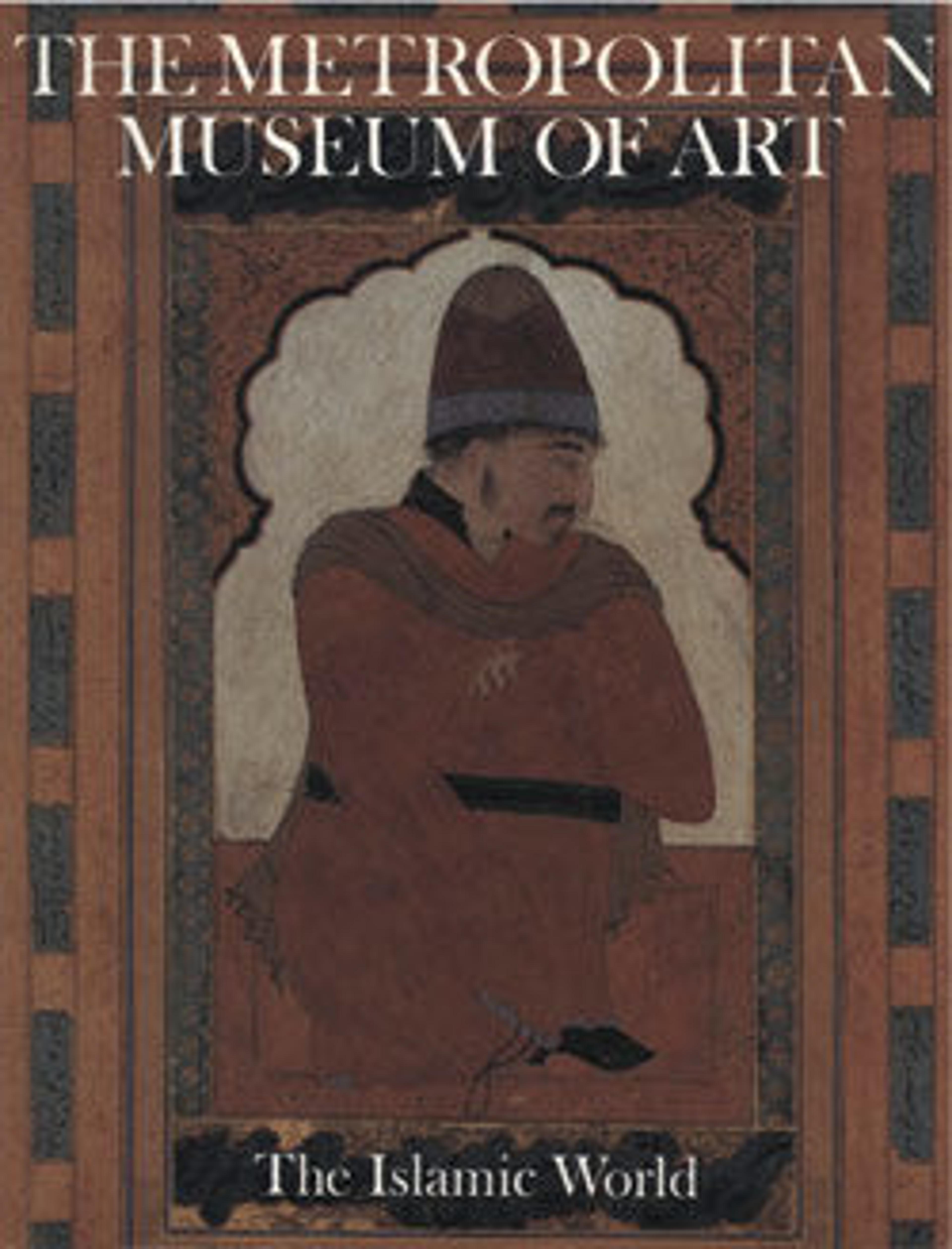Painted and Inlaid Game Board
This gameboard is painted on both sides with an eight by eight grid on one side for chess (the side on display) or draughts and a backgammon table on the other side. Both chess and backgammon were highly popular board games in the Islamic world and were even the subject of a Persian text composed in the ninth century, Wizarishn i catrang ud nihishn i new-ardashir (Explanation of Chess and the Invention of Backgammon). This late seventeenth-century board is finely executed with a symmetrical arabesque design on one set of squares and a flowering plant on the alternate squares. The flowering plants are carefully painted, and eight different flower varieties can be identified. The board was probably painted, varnished, and gilded over a wooden framework by a craftsman who had been trained to adorn bindings for manuscripts.
Artwork Details
- Title:Painted and Inlaid Game Board
- Date:late 17th century
- Geography:Made in India
- Medium:Wood; painted, varnished and gilded; with metal hinges
- Dimensions:H. 17 1/4 in. (43.8 cm)
W. 14 3/8 in. (36.5 cm)
D. 1/4 in. (0.6 cm) - Classification:Wood
- Credit Line:Louis E. and Theresa S. Seley Purchase Fund for Islamic Art and Rogers Fund, 1983
- Object Number:1983.374
- Curatorial Department: Islamic Art
More Artwork
Research Resources
The Met provides unparalleled resources for research and welcomes an international community of students and scholars. The Met's Open Access API is where creators and researchers can connect to the The Met collection. Open Access data and public domain images are available for unrestricted commercial and noncommercial use without permission or fee.
To request images under copyright and other restrictions, please use this Image Request form.
Feedback
We continue to research and examine historical and cultural context for objects in The Met collection. If you have comments or questions about this object record, please contact us using the form below. The Museum looks forward to receiving your comments.
